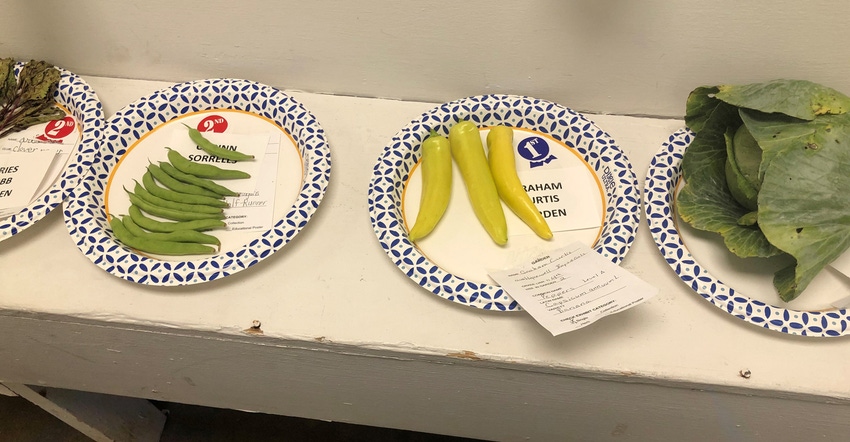July 4, 2022

“We no longer have rules in 4-H. Now we have guidelines. Please keep this in mind as you judge today.”
These were the first things I heard when a county Extension educator opened a judges meeting. I was there to judge projects that members bring to the fair before it officially starts.
Before I totally absorbed that unexpected opening, the educator offered another telling directive. “Constructive criticism sounds harsh. So, call your suggestions for improvement ‘feedback’ instead.”
OK, was I Rip van Winkle? Had I slept for 20 years while the world changed? No more rules, just guidelines? As it turns out, I’m not Rip van Winkle, but the world has changed, for better or for worse. And apparently this change in viewpoint is being adapted statewide.
Sure enough, I picked up a fair book for another county, flipped to the section about project rules, and indeed, I found guidelines, not rules. If Johnny, a fourth grader, takes forestry in 4-H, for example, he can now choose whatever project he likes, within reason, and develop a poster around it. No one tells him what the title must be, or insists he tackle the same subject as Sally next door, also in the fourth grade and taking forestry.
Students are encouraged to develop skills, and judges are instructed to encourage those skills when they talk to Johnny and Sally.
At what cost?
In theory, I see the point. Any worthwhile project should be about developing skills, both trade-type skills and leadership skills. Open judging, with kids talking to judges, encourages speaking and leadership skills. Thank goodness, most counties where I have judged still encourage open judging.
Reportedly, one reason for changing “rules” to “guidelines” is because many young parents complain there are too many rules in 4-H and they’re hard to follow. And if Johnny gets dropped a ribbon because he didn’t follow a rule in the handbook, it doesn’t seem fair. On face value, at one level, perhaps that makes sense: Following rules can be cumbersome and time-consuming.
Now, let’s play devil’s advocate. Do you want to live in a world with no rules, just guidelines? Should the stop sign at the end of your road just be a guideline? If I don’t feel like stopping, I don’t have to stop?
Some rules are there for a reason. When a 4-H’er brought a project with the wrong category or wrong title, under the rules system, the consequence was a red ribbon instead of a blue ribbon. All his peers who read the rules and followed them earned blue ribbons. If there were just guidelines, he might get a blue ribbon, too.
But what did he learn? When he becomes a licensed driver, will he stop at the stop sign? I hope I am not coming from the other way. I don’t want to find out.
Not a fair comparison? Maybe not. Yet I contend that relaxing rules and reverting to guidelines is a slippery slope. How do you teach discipline and responsibility, hallmarks of 10-year 4-H’ers, without rules with teeth in them?
I hope this change brings in more members. But I also hope someone watches for changes in behavior. If participation increases at the cost of sacrificing core values, was it worth it?
Comments? Email [email protected].
You May Also Like




